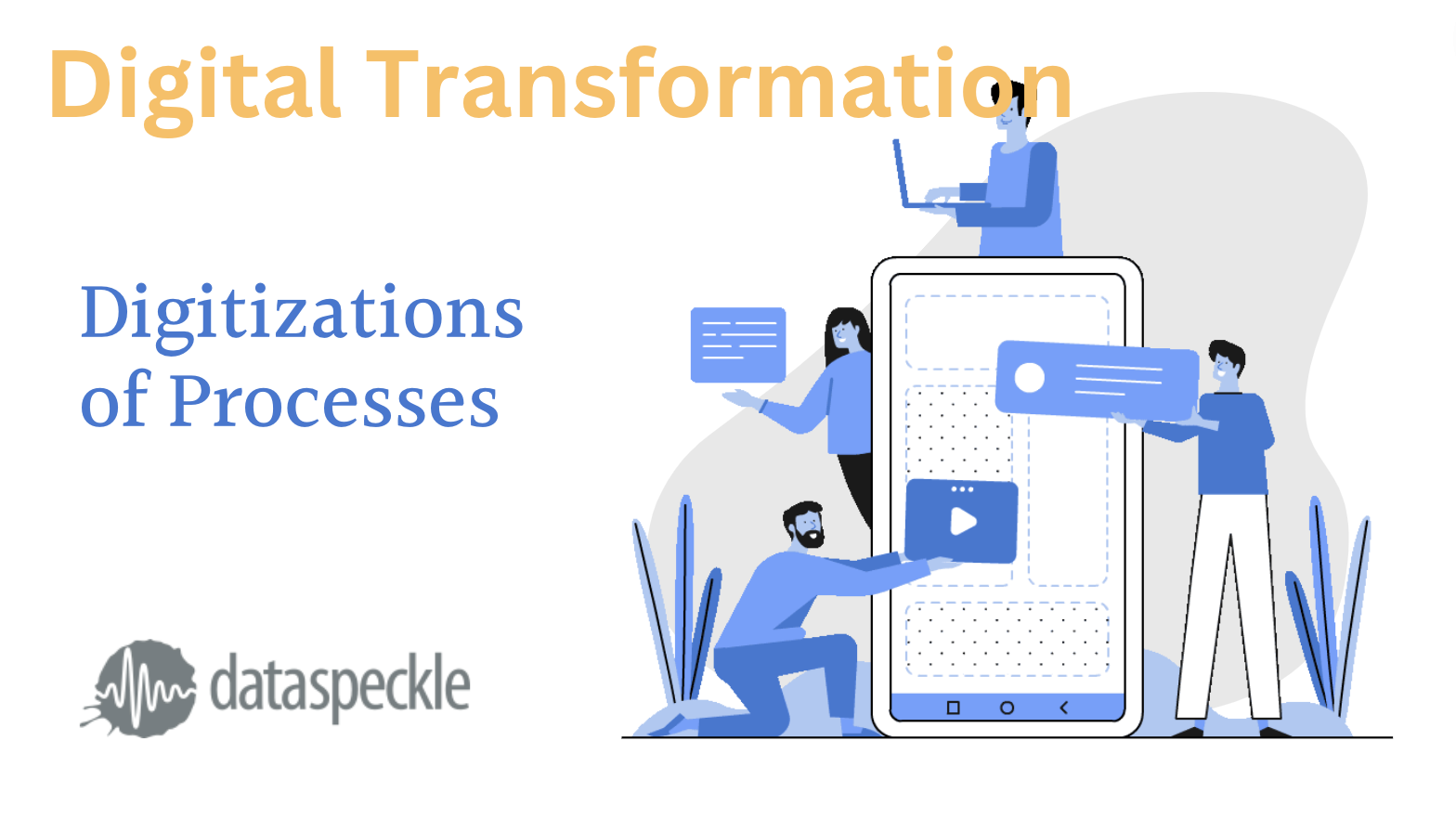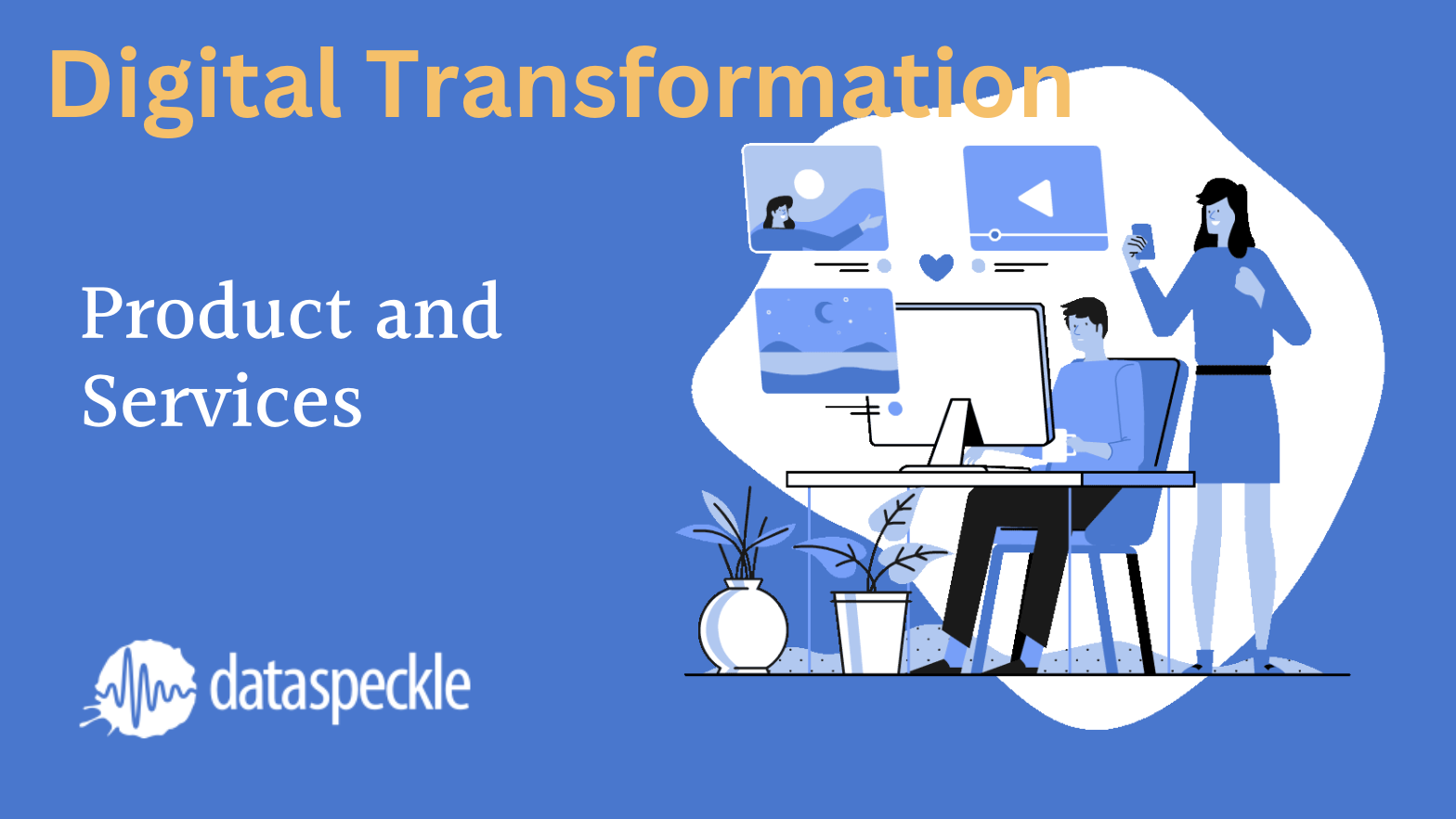Canada Digital Adoption Program
- DataSpeckle- 19 Feb 2023
- 5 min read

What is Canada Digital Adoption Program?
The Canada Digital Adoption Program (CDAP) is a national effort to help businesses, small and large, to better adopt and use digital technologies in order to grow and remain competitive. Developed by the Government of Canada, CDAP is designed to help businesses become more digitally enabled, to access new markets, and to drive innovation. CDAP is focused on three core areas:
- 1. Digital Skills: The program provides businesses with access to resources and training to acquire the digital skills necessary to support their digital transformation. This includes online training programs, workshops and boot camps, and one-on-one support from industry experts.
- 2. Business Transformation: CDAP provides businesses with access to resources and programs to help them better leverage digital technologies, such as cloud computing, artificial intelligence, and analytics. This includes mentorship and advisory services, as well as access to funding and incentives.
- 3. Digital Infrastructure: The program helps businesses access and use digital infrastructure, such as digital tools and platforms, to support their digital transformation. This includes access to data and analytics, as well as access to government services and programs.
CDAP is currently available to businesses of all sizes across Canada, with a focus on businesses in rural, remote, and northern communities. The program is designed to support businesses of all stages of the digital adoption cycle, from those just starting to explore digital technologies, to those already leveraging digital technologies to grow their businesses.
By helping businesses become more digitally enabled, the Canada Digital Adoption Program aims to create a more competitive and innovative business environment in Canada. This can lead to job creation, more economic opportunities, and increased productivity and growth.
Why Digital Transformation?
Digital transformation enables businesses to adapt and thrive in a rapidly evolving digital landscape. By embracing new technologies, automating processes, and leveraging data-driven insights, companies can enhance customer experience, improve efficiency and productivity, explore new revenue streams, gain a competitive advantage, and make informed business decisions. In today's digital age, digital transformation is no longer a choice but a necessity for businesses that want to remain relevant and succeed in their respective industries.
- Enhanced Customer Experience With digital transformation, businesses can provide better customer service by leveraging technologies like chatbots, personalized recommendations, and 24/7 customer support.
- Improved Efficiency and Productivity Digital transformation allows companies to automate repetitive tasks, streamline processes, and optimize workflows. For instance, the use of cloud-based technologies and artificial intelligence (AI) can reduce manual work and enhance productivity.
- New Revenue Streams Digital transformation enables businesses to explore new revenue streams by expanding their offerings and reaching new markets.
- Competitive Advantage Companies that embrace digital transformation gain a competitive advantage over their peers by adopting new business models, delivering superior customer experience, and optimizing their operations.
- Data-Driven Insights Digital transformation helps companies collect, analyze, and act on data to make informed business decisions.
- Cost savings By automating tasks, optimizing workflows, and enhancing productivity, digital transformation has the potential to enable businesses to cut costs by reducing the need for manual labor. Additionally, it can streamline processes, which can lead to further cost savings.
- Enhanced Security Through the adoption of advanced security measures such as multifactor authentication, encryption, and network segmentation, digital transformation can improve a business's security posture. This enables companies to protect their data from potential cyberattacks and minimize the risk of data breaches, enhancing overall security.
- Increased Agility By making businesses more agile and adaptable, digital technology enables them to respond quickly to changing market conditions and customer needs. This can give them an edge over competitors that are slower to adapt, leading to a competitive advantage.
What will a digital advisor do for me?
Understanding Your Business Needs
The advisor will work with you to understand your business requirements, goals, and challenges. They will help you identify areas where digital adoption can help you improve efficiency, reduce costs, and enhance customer experience.
Current state analysis and recommended approaches
The advisor will analyze your existing systems and processes to identify areas that need improvement. They will provide you with a comprehensive report outlining your current state and the recommended approach to achieve digital transformation.
Creating a customized plan
Based on your business needs, the advisor will create a customized plan that outlines the steps you need to take to achieve your digital goals. This plan may include identifying the right technology solutions, defining key performance indicators (KPIs), and setting timelines for implementation.
Strategy and roadmap development
The advisor can help you identify the available funding and assist you in the application process. The advisor can provide ongoing support throughout the digital adoption process. This includes monitoring progress, providing guidance and assistance, and helping you stay up-to-date with the latest technology trends and developments.
Journey to Digital Transformation
Before starting the journey to digital transformation, it's important to keep in mind that it's a complex and multifaceted process. Consider the following steps:
- Define clear goals and objectives. Companies should identify specific goals and objectives they hope to achieve through digital transformation, such as increased efficiency, improved customer experience, or new revenue streams.
- Conduct an assessment of existing infrastructure, processes, and systems. This will help save time and valuable resources by identifying areas that need improvement.
- Consult with IT partners. If working with an IT partner, ask for a timeline of steps to complete the digital transformation journey.
- Focus on the technologies needed. Invest in the right technology solutions to support digital transformation efforts, such as cloud-based solutions, machine learning, AI, and automation tools.
- Pay attention to employees. Organize training to build a more resilient and adaptable workforce if digital transformation requires additional skills from employees.
- Measure and monitor progress. Establish metrics and KPIs to track progress and measure the impact of digital transformation efforts.
By following these steps, businesses can effectively embark on their journey towards digital transformation, with a clear roadmap towards success.



